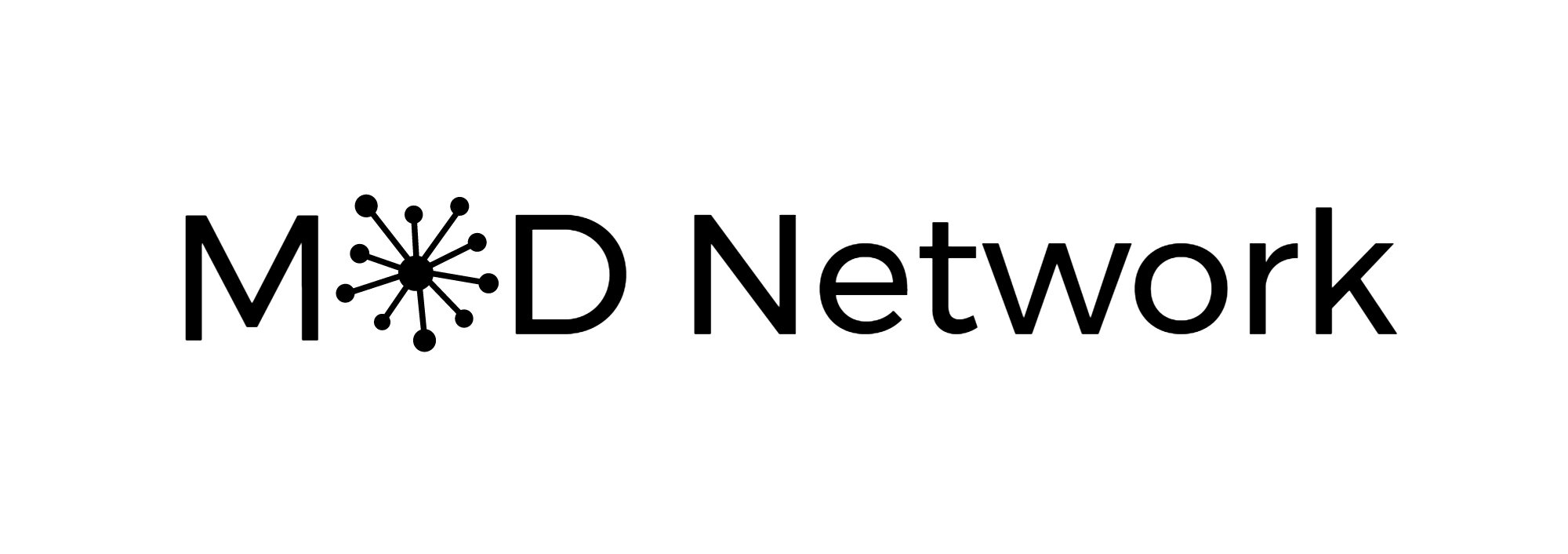Being Intentional with Organizational Culture
Currently, 65% of American’s aged 45 and under rank organizational culture ahead of remuneration on their checklist for selecting employment opportunities. Personally, I favor a mixed culture approach – where there is a high degree of collaboration between employees – and where creativity and individuality are celebrated and encouraged.
As a leader, I try to foster an environment where my employees are able to speak freely and form a cohesive unit. In addition, that environment should also allow members to challenge each other to be become better versions of themselves. The spillover benefits like increased cohesion, innovation, and productivity are a welcome by-product.
I don’t particularly favor the market-based culture setup because of its emphasis on profit. All actions carried out in this type of organization are based on trying to attain a specific target, reach a goal, or fill a quota. As a result, organizations that employ this culture focus on competition over collaboration to an extent that can be harmful to employees. People who work in such organizations often feel like meaningless cogs in a machine. It’s an attitude that doesn’t promote either employee engagement or job satisfaction. In general, a strictly hierarchical culture is just too inflexible for my liking. There’s no room for creativity. Plus, employee feedback is often ignored or lost before it makes any meaningful progress up the chain of command.
For a culture to be built in your organization, you have to focus on the well-being of your employees. It’s the entire point of a healthy work culture to begin with. When people are confident that their organization cares for them, they are more likely to be loyal.
Where there’s a strong organizational culture with good buy-in from employees, turnover rates are lower, ultimately leading to cost savings and larger profit margins. Studies indicate that on average around 6-9 months of an employee’s salary is needed to cater for training and recruitment costs required to replace them. Any reduction in turnover is a win-win all around!
Organizational culture dictates the types of candidates you attract for open positions. That said, culture is dynamic. It naturally evolves over time with the addition of new team members who bring in new ideas. Culture can and should be tailored to fit. What good is a culture if it doesn’t serve the people who actually work for the organization?
A company that has a well-known, steadfast culture is more appealing to both potential hires and consumers alike. Don’t feel limited by the conventionally defined cultures. Create a hybrid. Pick the qualities that you want from each of the main four culture types and blend them to come up with the perfect mix for your company.


